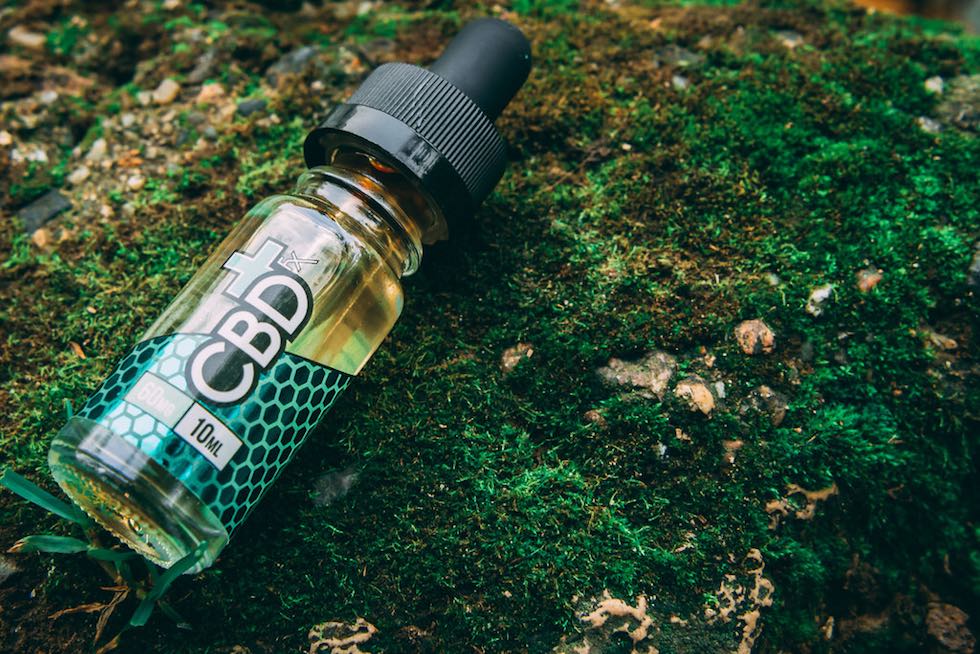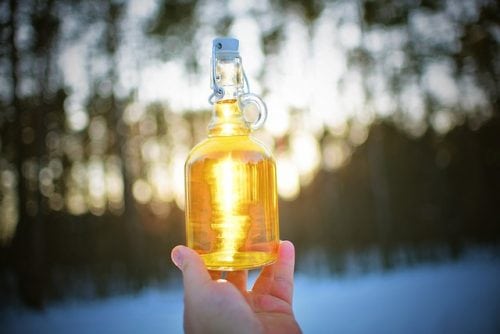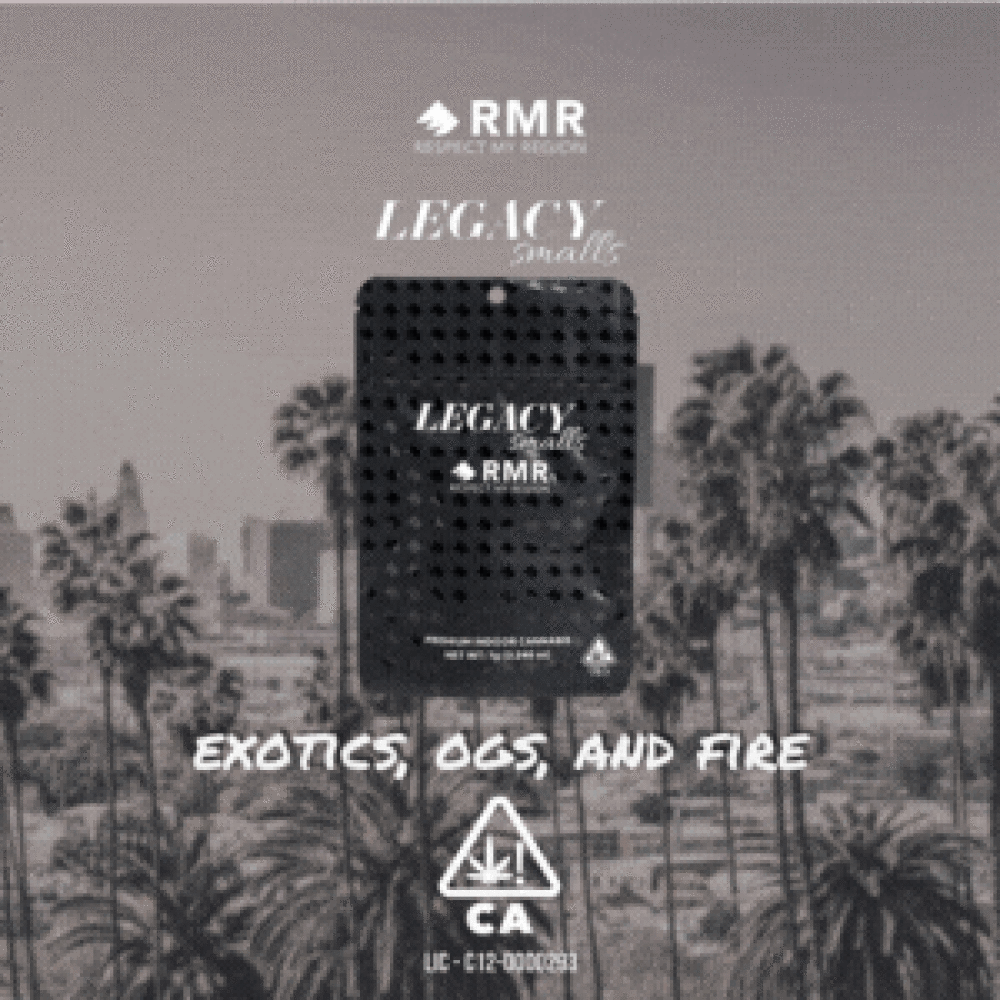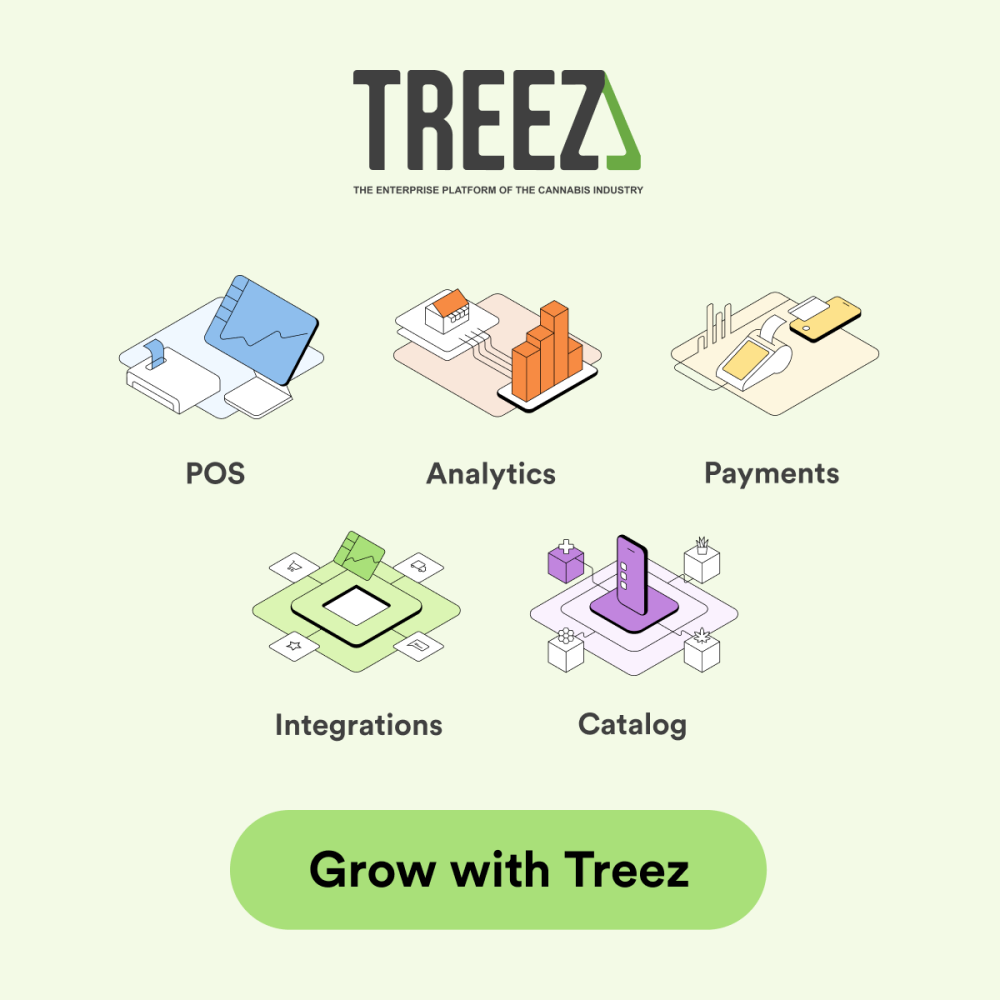Anybody familiar with cannabidiol (CBD) will know that the compound can be beneficial and that the constant innovation from manufacturers is throwing up more and more novel uses for CBD products. To understand why an obscure cannabinoid from cannabis – which wasn’t even considered that important as a medicinal compound until the 2000s – can be such an effective remedy, one must first get to grips with the endocannabinoid system, which controls multiple facets of psychological and physical health and can be activated in various ways to produce different kinds of therapeutic effects.
What Is The Endocannabinoid System?
The endocannabinoid is a crucial system in the body that essentially works as a ‘lock and key’. The ‘locks’ are receptors, notably cannabinoid receptors 1 and 2 (CB1 and CB2) and are activated by neurotransmitters called endocannabinoids and a class of compounds called cannabinoids from marijuana (sometimes referred to as phytocannabinoids).
Activating these receptors causes all sorts of effects, depending on how and which receptors have been triggered. For instance, THC, a potent psychoactive cannabinoid, induces powerful emotional effects by binding with the CB1 receptor, a mood-regulator that traditionally works with mood-elevating anandamide. However, CBD also interacts with the CB1 receptor – not to cause mood-changing and mind-altering effects, but to dampen the “high” from THC by reducing the receptiveness of CB1. This makes CBD a negative allosteric modulator of the CB1 receptor. As the CB1 receptor controls mood, it’s no surprise that these receptors are predominantly expressed in the brain.
CB2 receptors are not found so much in the brain but are expressed in the peripheral nervous system, the skin and elsewhere. Studies have shown that an immune system response can be regulated through CB2 receptors, which indicates why CBD is such a potent anti-inflammatory, and how it can help with inflammatory conditions situated throughout the body.
Getting The Most Out Of Cannabis Tinctures
Hemp-based CBD oil often comes in a small bottle with a pipette – these products are sold in a range of potencies, with some 15ml bottles containing more than 1,000mg of CBD. Products with a full-spectrum tag are made from a full-plant extract and will have traces of other cannabinoids and terpenes – because of the terpenes, these products are likely to have that familiar cannabis smell. Many users favor full-spectrum over isolated CBD as the other cannabis compounds also have therapeutic effects, which combine to increase CBD’s effectiveness.
CBD tincture oils are usually consumed under the tongue, where relatively fast sublingual absorption can occur. This is the method used when administering cannabis oil to children with epilepsy. However, this CBD oil could theoretically be used in other ways, including as an ingredient and a topical. The health benefits of hemp seed oil are well-documented – the seeds contain high levels of omega-6 and omega-3, two essential fatty acids. A hemp-based CBD oil is pretty much hemp seed oil, but with the added bonus of CBD that improves endocannabinoid tone and helps promote homeostasis in the body.
CBD hemp oil makes a great addition to a salad, but could be incorporated into any recipe, providing the temperature while cooking does not exceed around 400°F – otherwise the cannabinoids may burn off, destroying their benefits.
While not designed for topical application, hemp-based CBD oil is still able to activate cannabinoid receptors in the skin, which is useful to reduce pain and internal inflammation, and also treat skin conditions that are caused by unnecessary inflammation. CBD oil could even be added to shampoo to help remedy skin complaints on the scalp. CBD oil products are non-addictive and safe, making them worth trialing as a natural solution to any ailment.
(Images from Vaping360.com)
CBD Topicals
We’ve just touched on the benefits of topical administration of CBD, but let’s look more closely at how CBD helps to manage complex skin conditions and ease pain.
CB2 receptors are well-concentrated all over the skin, and activating these helps to regulate inflammatory processes, such as the skin cell cycle and sebum production. Normally, new skin cells gradually rise to the surface layer of the skin (the epidermis) over 30 days, where they can then be removed, making way for new cells. Unfortunately, sometimes this process is accelerated, and cells are forced up to the epidermis too quickly, causing them to accumulate – aesthetically, this leads to patchy skin, which is notoriously itchy. Psoriasis patients experience this kind of rogue inflammation, but a number of anecdotes point towards CBD being an effective treatment for this autoimmune disease. More comprehensive clinical studies are now required.
Acne is the eighth-most prevalent disease worldwide, according to a study featured in the British Journal of Dermatology in 2015. The inflammatory condition causes the sebaceous glands to become overactive and produce too much sebum. In addition to making the skin oily, excess sebum leads to dirty skin and increases the risk of infection as dirt and bacteria builds up in the pores of the skin. However, a recent study has revealed that CBD is not just an anti-inflammatory, but also exerts sebostatic effects on human sebocytes. Therefore, applying a CBD ointment to an area of the skin affected by acne may help to reduce oiliness and redness, and repair the sebaceous glands so that they produce an appropriate amount of sebum. The skin needs some sebum to stay waterproof and lubricated – when the skin becomes too dry, it can flake and crack.
Cannabinoid receptors in the skin can be harnessed to relieve chronic pain and inflammation (arthritis patients often find pain creams an effective way of taking CBD). The endocannabinoid system can regulate pain perception, and CBD and the endocannabinoid anandamide may also interact with the vanilloid receptor (TRPV-1) to reduce pain.
Furthermore, creams and lotions infused with cannabinoids are also rich in antioxidants, which are vital in the battle against aging. While intrinsic aging cannot be controlled, most aging is caused by extrinsic factors like free radicals. These are found in the UV rays of the sun, in cigarette and cannabis smoke, as well as various pollutants. These free radicals are uncharged molecules that seek to damage the skin’s DNA by stealing electrons. The tissue damage caused by free radicals leads to deep lines, wrinkles and skin dehydration. Antioxidants such as CBD can protect the skin from these molecules.
FOR MORE UPDATES, FOLLOW RESPECT MY REGION ON FACEBOOK & TWITTER.










